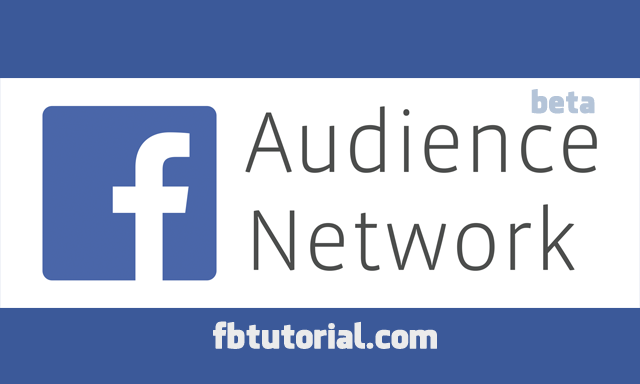With news-feed user growth slowing, Facebook revs its pitch for Instagram Stories
Facebook has shifted gears with brand advertisers. After years of trying to sell them on the news feed, it’s changing the pitch to Instagram.
Brand marketers have cooled on the news feed as an advertising vehicle because they see it as little more than a place for less-premium direct response ads, said four ad buyers interviewed for this article.
“Facebook hasn’t been able to make brand budgets work in the news feed, and so it’s doubling down on its strengths — performance,” said another ad buyer, speaking on condition of anonymity for fear of antagonizing Facebook. “There were brand measurement studies that did a great job of showing the social network’s ability to deliver brand awareness, but then third-party measurement arrived on the platform and brands started to get a better sense of what their ads were doing.”
The news feed’s original selling point was about being reach-driven, but over time, brand advertisers have had growing concerns about the news feed being a “brand-safe” environment and whether ads there are actually seen. Users are also pulling back from Facebook in favor of Instagram as evidenced by ad-spend growth on the photo-sharing app being quadruple (177 percent) that of Facebook (40 percent) in the second quarter compared to a year ago, according to Merkle.
Facebook’s market value last month dropped by $120 billion — the largest ever corporate loss in history — when it announced that growth would slow. With places to put ads in the news feed running out, the business is looking to Instagram to kickstart growth.
Fine-tuning the pitch
With all this going on, Facebook is fine-tuning its pitch, said the executives. Facebook’s news feed is being sold as a product for performance advertisers. Instagram, with its short-form video Stories, is the brand-building play. And Messenger is for brands interested in customer relationship management.
Of the three formats, Stories is the one that Facebook sees as its next big revenue driver, the ad buyers said. Launched two years ago, Stories is now used by 400 million daily active users — double the amount of rival Snapchat — according to Instagram. But vertical video is still relatively new, and demand for the product is still low.
Brands either pay influencers to produce organic Stories because production and media costs are lower or they worry their content isn’t a fit for Instagram, said Tom Laranjo, managing director of media agency Total Media.
“Instagram is still considered very premium, and many brands are not sure they can match some of the high-end content on the platform,” said Laranjo. “There also seems to be a lot of counterfeit ads on the platform, and this obviously poses concerns to brands as to how safe the platform is.”
Despite those concerns, brand advertisers can only ignore Instagram’s vertical videos for so long.

Instagram’s audience is smaller, but engagement is strong
Facebook has seen engagement in the news feed nosedive since it shifted to prioritizing user interactions over brand content earlier this year. Instagram’s audience is smaller, but its engagement can be three times higher than on Facebook and cheaper to reach, the ad buyers said.
The CPM on Stories is four to five times cheaper than Facebook’s news-feed ads, said Greg Allum, global head of social at Jellyfish. For marketing software firm Kenshoo’s clients, the average price for Instagram Stories ads seen 1,000 times in the second quarter was $4.70 versus $5.34 for standard Facebook ads.
Facebook has been spending more time with creative agencies in the U.K., and it’s gotten some advertisers to experiment with the Stories feature.
“Facebook is focused on improving the creative for Instagram Stories. For us, that’s meant we’re working more through influencers,” said Grey’s emerging technologies director, Sam Gibbs. “Once it’s able to improve the level of creative for Instagram Stories, the media budgets will follow.”
Agency executives have also been briefed to expect ads on IGTV before the end of the year, as Facebook hopes that Stories will eventually drive TV budgets toward IGTV.
“Facebook has a limited amount of premium video inventory that isn’t watched for long enough, so it’s no surprise that they’re trying to address that through vertical videos on Instagram Stories and IGTV,” said one agency executive on condition of anonymity. “The interest we are seeing from brands in Stories at the moment is more focused on the mid- to upper-funnel campaigns.”


